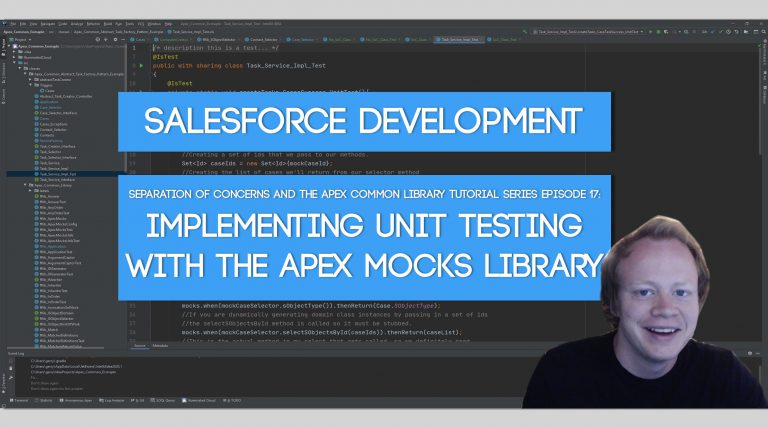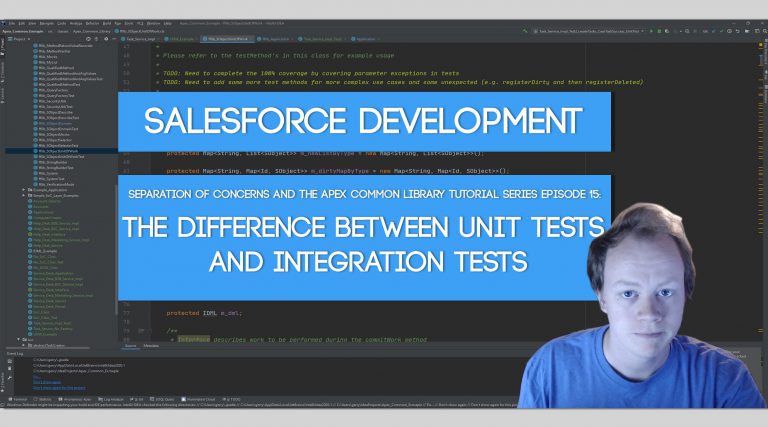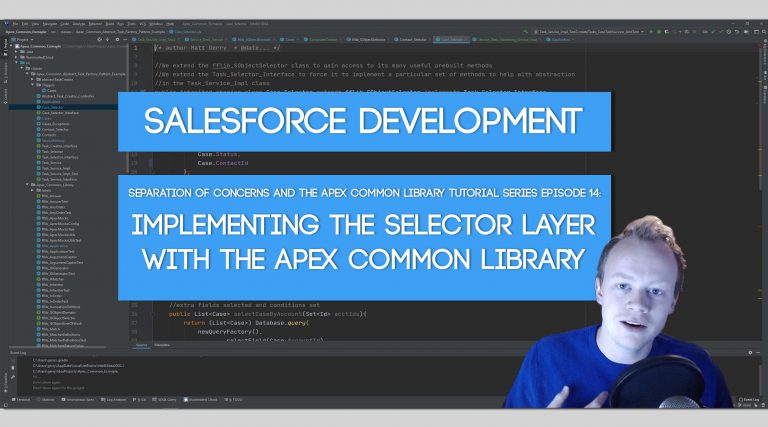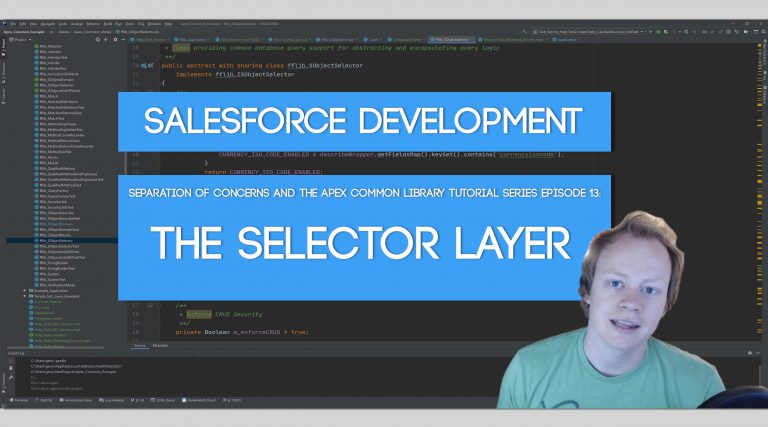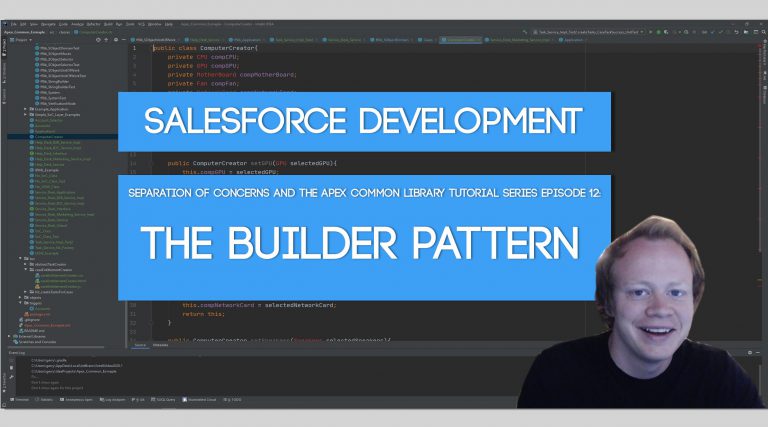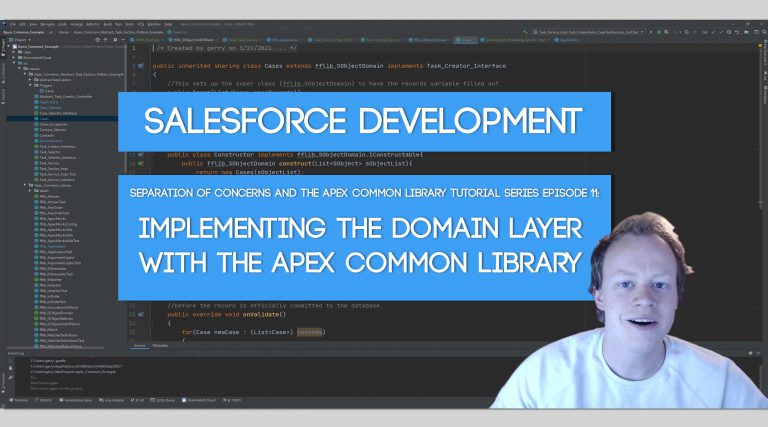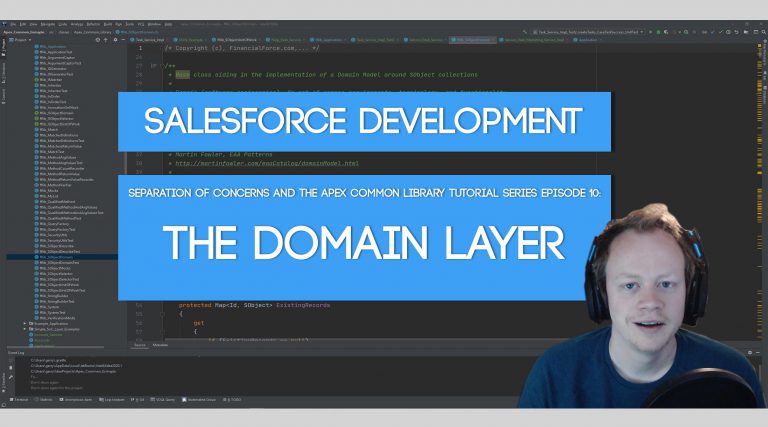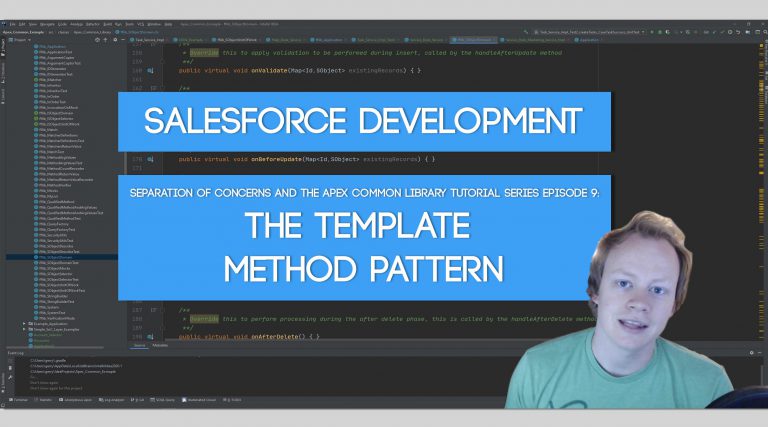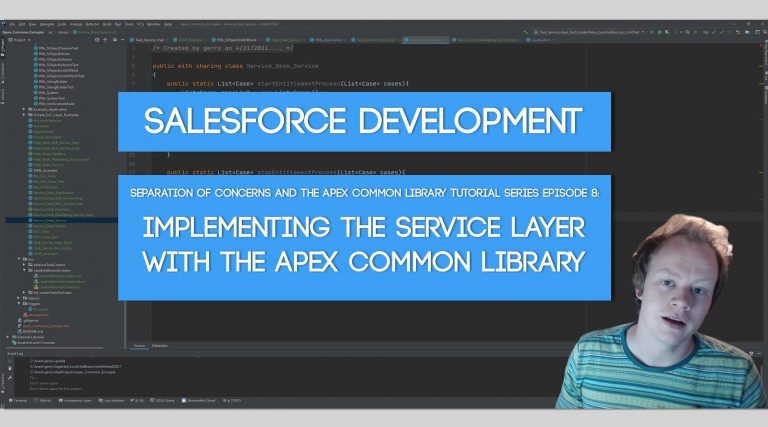SoC and the Apex Common Library Tutorial Series Part 17: Implementing Unit Tests with the Apex Mocks Library
What is Apex Mocks? Apex Mocks is unit test mocking framework for Apex that was inspired by the very popular Java Mockito framework. The Apex Mocks framework is also built using Salesforce’s Stub API which is a good thing, there are mocking frameworks in existence that do not leverage the Stub API… you shouldn’t use…
